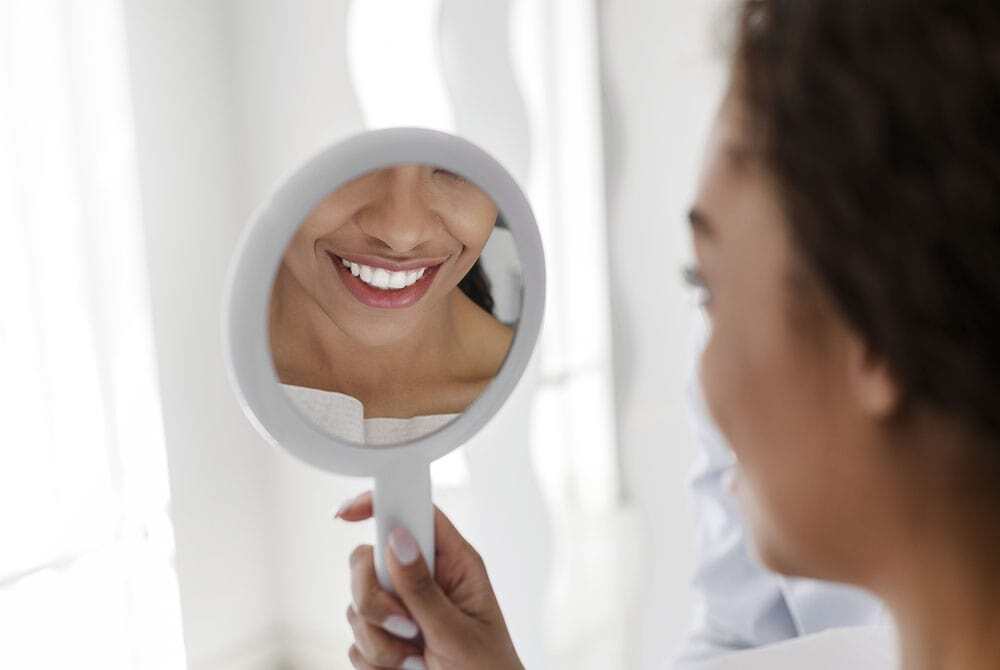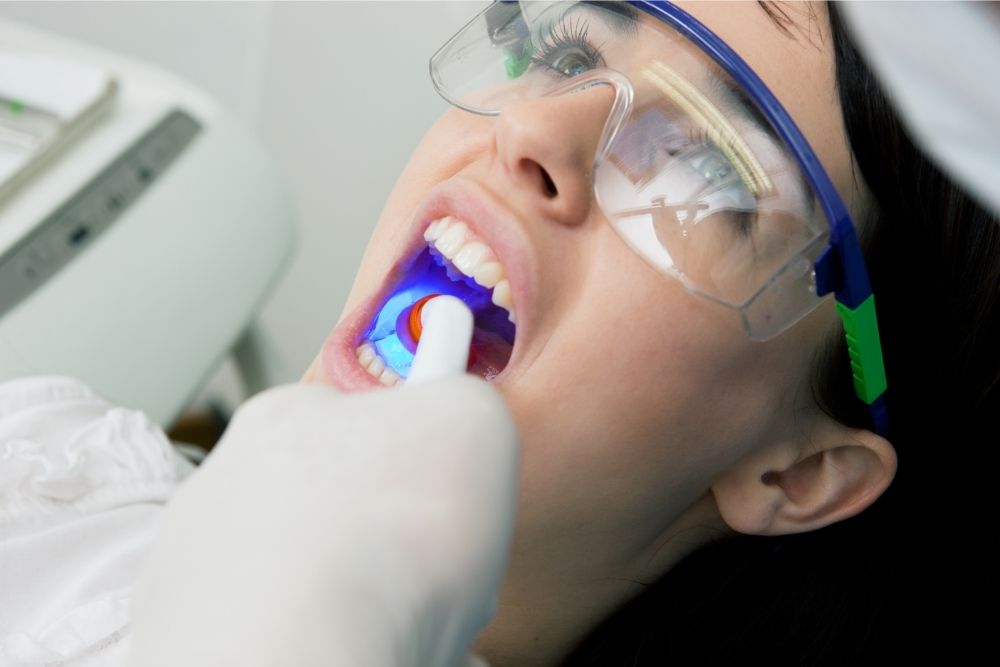
If you have been told that you need a dental filling because of an existing cavity, you’re definitely not alone. In fact, tooth decay can occur at any age. Over 92% of adults over the age of 20 within the United States have at least one cavity, according to Healthline.
If you need a dental filling, you need not worry. It is a very simple procedure that removes the decay and restores the tooth. It only takes around an hour to fill one tooth and can be performed in the dentist’s office.
What Types of Fillings are Available?
When you visit your dentist, they will give you an option to choose between several different types of fillings. Each one comes with advantages and disadvantages. Let’s take a look at a few of them below.
Metal Fillings
The earliest fillings known were made of metals such as gold or silver. While gold fillings are still available, they are far less common than they used to be because of the price. The silver fillings are often made with a combination of copper, tin, or mercury mixed with silver.
They are a durable and affordable option. However, they do distort the natural color of your tooth.
Composite Fillings
Composite fillings on the other hand are made from acrylic resin mixed with either glass or quartz particles. The result is a natural-looking tooth without discoloration. People prefer this option as it doesn’t contain hazardous materials such as mercury.
Though they are strong, they aren’t as durable as metal fillings. They are also more expensive.
Glass Ionomer Fillings
Much like composite fillings, glass ionomer fillings are the same color as your natural tooth. They are far more expensive than the other options. However, they are not even half as strong.
However, they do help prevent future cavities because of the glass containing fluoride.
Cavities are a very normal part of life for most people. If you are currently dealing with one, you shouldn’t worry, because they are a very easy fix. Tooth decay is very common in people of all ages.
In fact, by the age of 64, most adults in the United States have had at least one dental filling. The procedure is very simple and has very little recovery involved. Better yet, it can be performed in the dentist’s office.
Contact Pro Health Dental today to get your treatment on track.
Additional Resources to Read:

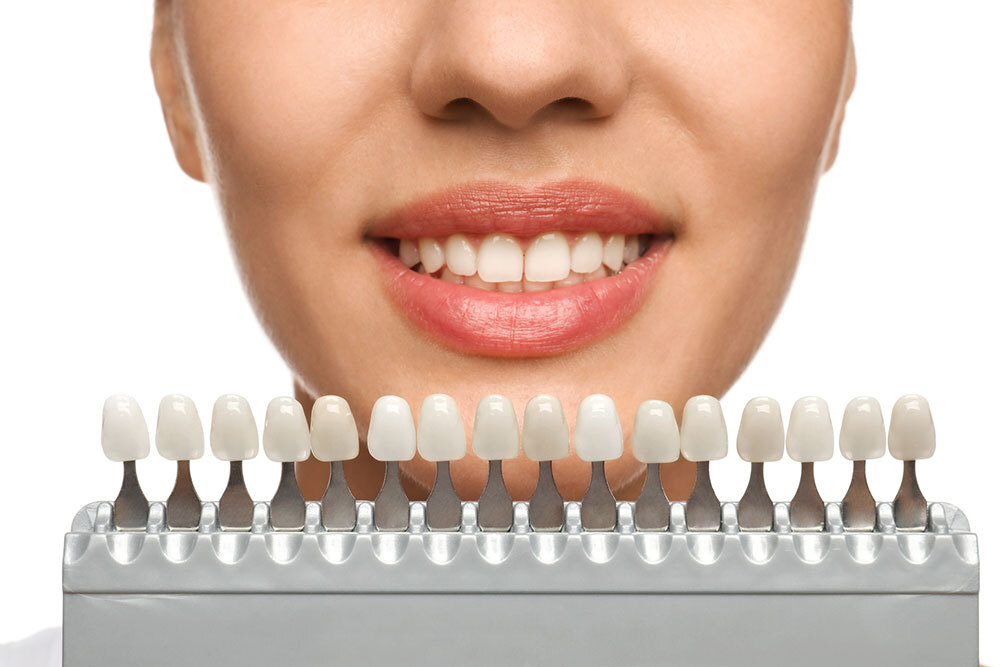


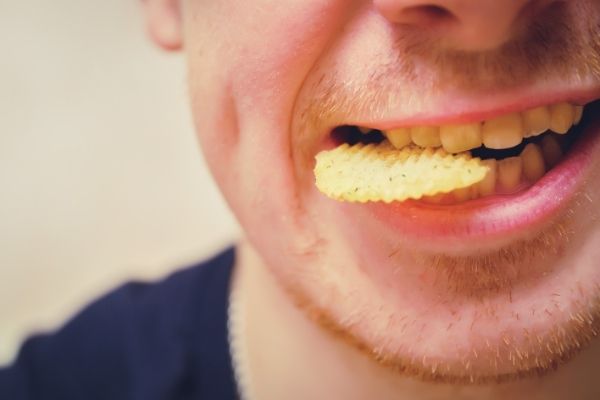
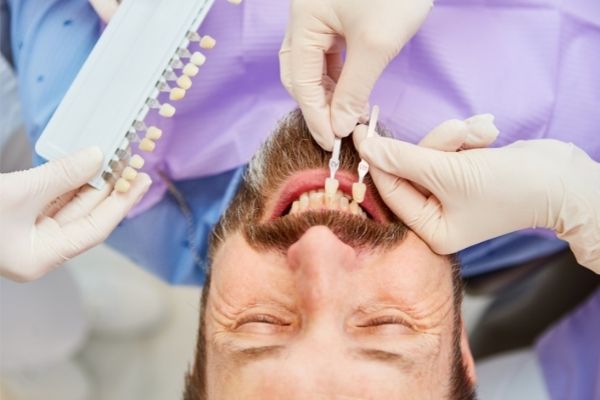

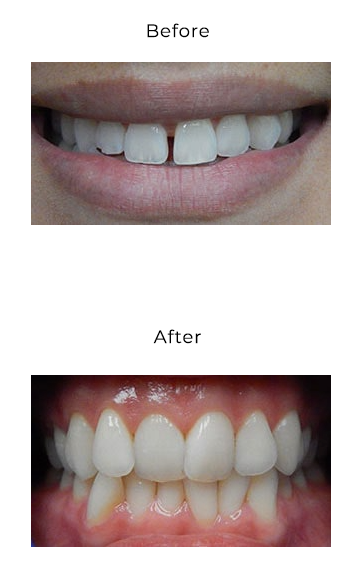 How Invisalign Can Treat an Overbite
How Invisalign Can Treat an Overbite

